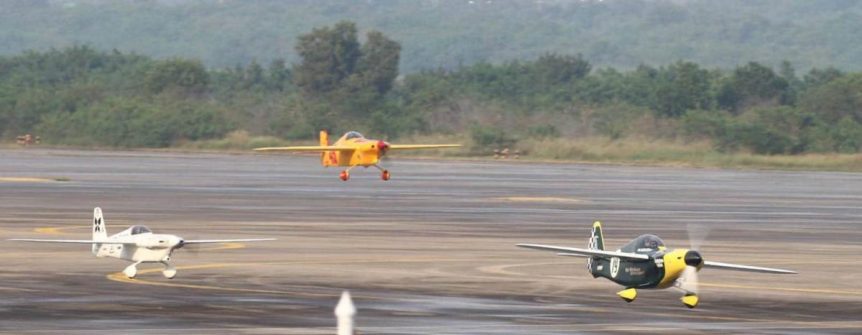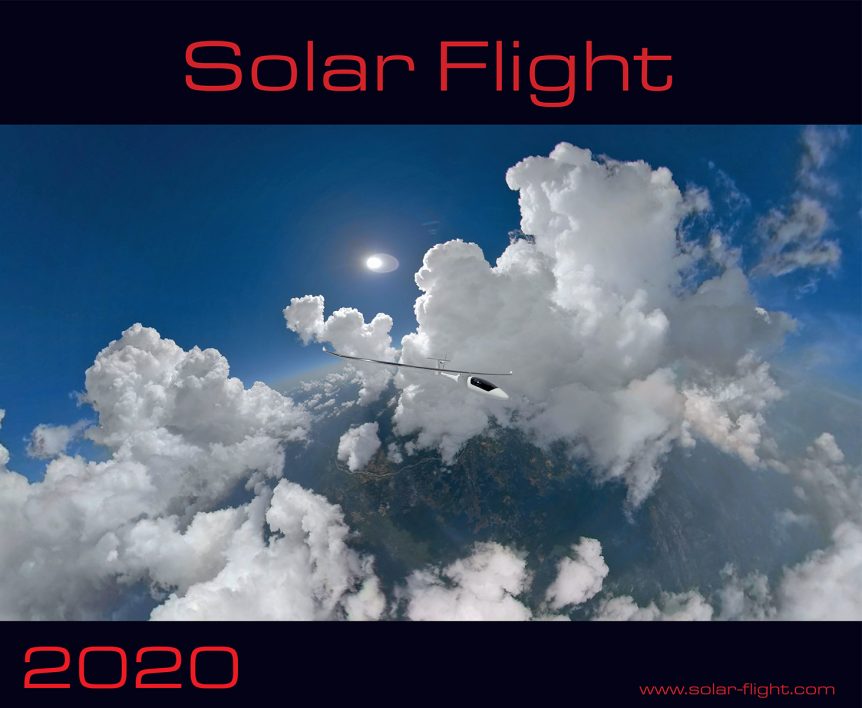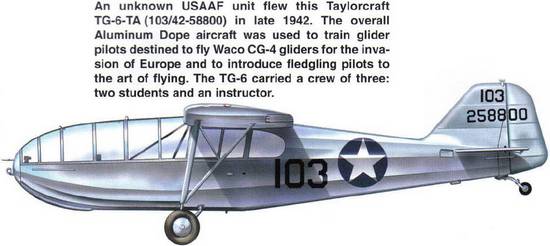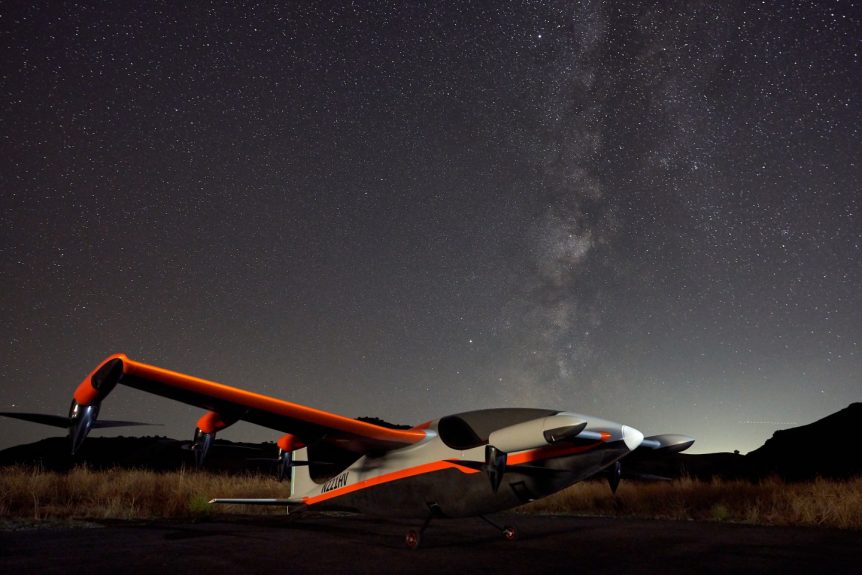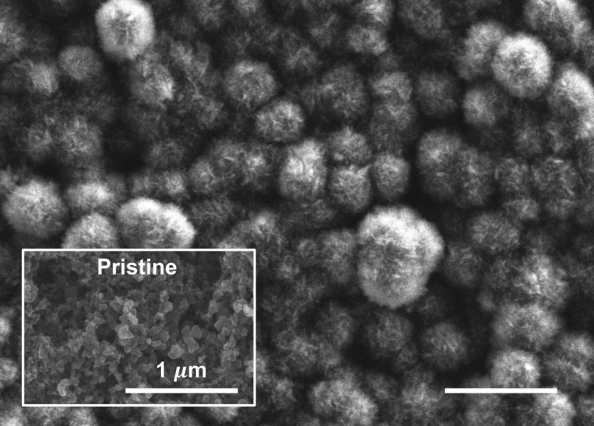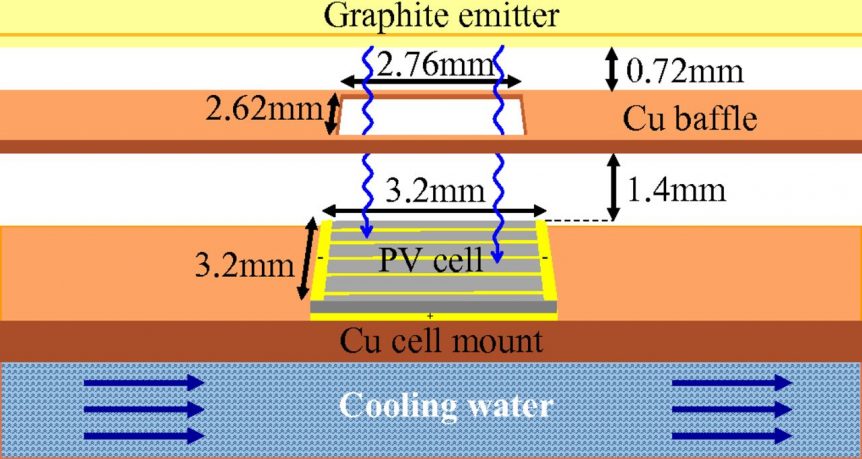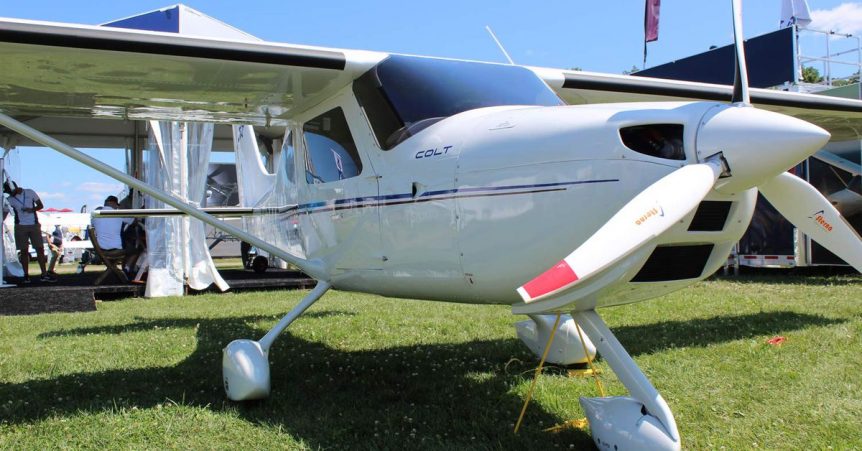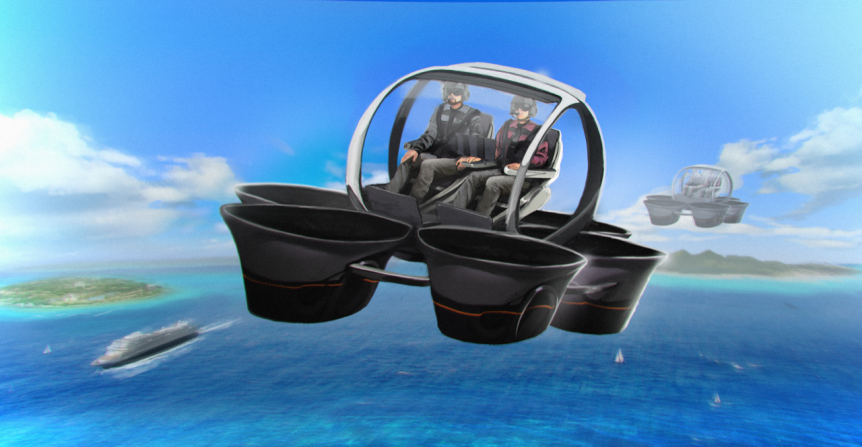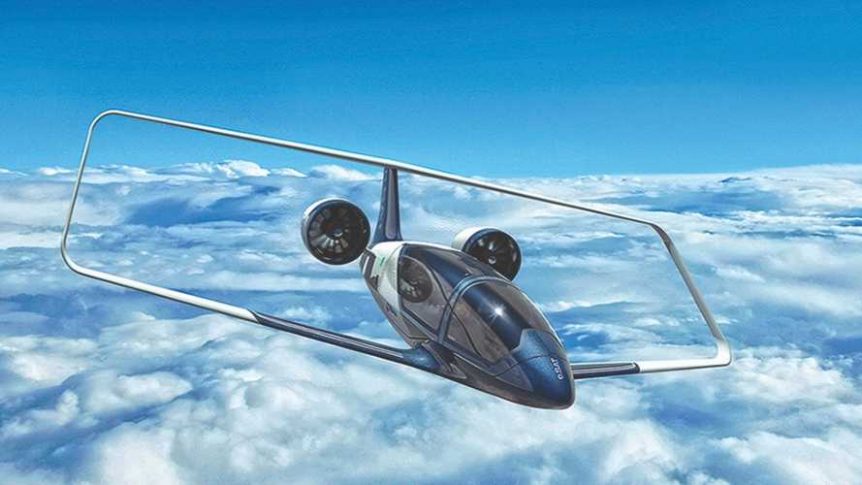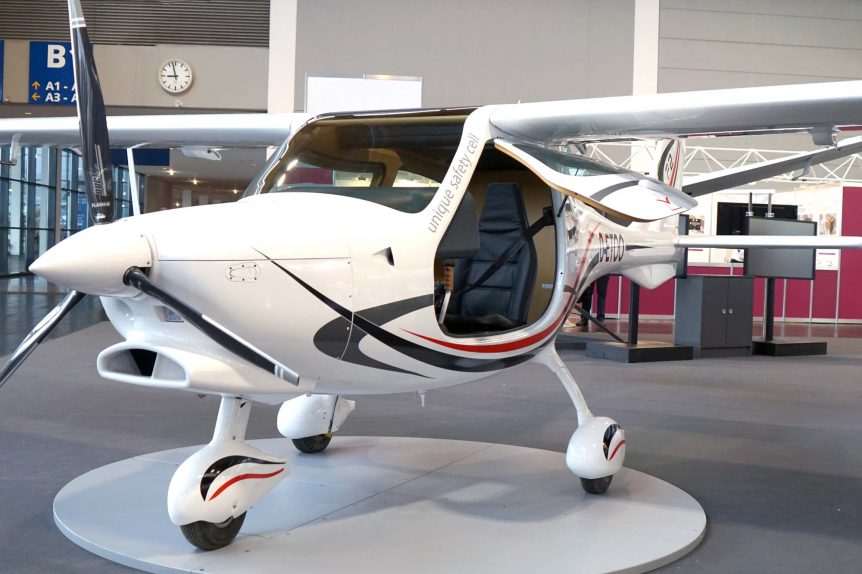The public got a glimpse of Air Race E at this year’s Dubai Air Show. Jeff Zaltman, CEO of Air Race E and Sandra Bour-Schaeffer, head of XO Airbus Demonstrators, pulled the wraps on Team Condor’s converted Cassutt racer – one of eight teams entering the fray. Race E is an update of the classic small aircraft races held following World War II, and many of the airplanes in the upcoming events will be re-motored and redesigned versions of these craft. Formula 1 racing has not changed much since its 1947 inception. Most air small air racers relied on the Continental C-85 engine, mildly uprated and turning faster than it did in Aeronca Champions or Piper Cubs. Formula E is the first major change and new technology in the field in over 70 years. With the advent of Air Race E, designers are encouraged to create new machines and rethink the means of propulsion. At least eight organizations are …
Solar Flight Calendar: Just in Time for the Holidays
A Glorious Calendar Eric and Irina Raymond, besides being skilled solar-powered airplane builders, designers, and pilots are also professional photographers. Their 2020 Solar Flight calendar highlights all those skills and provides historical background for their work. Besides that – it’s gorgeous. With a baker’s dozen stunning color photos, and historical black-and-white archival images on the back of each month’s offering, the calendar is a nice blend of modern artistry and the chronicle of an eventful past. Did you know, for instance, that Eric flew the first solar-powered aircraft across America in 1990 – 23 years before Solar Impulse’s journey? One episode on Eric’s blog is worthy of attention. “At my slow flying speed, I often flew in formation with flocks of birds. Nearing the Appalachian Mountains, I flew with the same three black birds two days in a row. They were still following me when I reached the highest part of the mountain range that I needed to cross. I …
Forgive the Lapse – We’ll Regain Traction Tomorrow
Following a trip to the best Sustainable Aviation Symposium ever in Berkeley, California, and a tour of the W.A.A.A.M. (Western Antique Aeroplane & Automobile Museum) in Hood River, Oregon over the weekend to see their World War II training gliders, you editor is about to get back to reporting on what he’s seen and heard. Be patient, because we have lots of great stories to share, starting tomorrow.
Heaviside – Kittyhawk’s Latest
Kittyhawk, a bay area firm possessed of wildly creative talent, has crafted the Flyer in 2017, the Cora in 2018, and just announced the Heaviside, a cross-country cruiser named for a physics and electronics genius. Its predecessors go back further, to the JobyMonarch, a single-seat, eight-motor design that made it to the construction stage. That aircraft was based on Windward Performance’s Duckhawk sailplane, a high performance machine that made the most of its sleek lines. Joby had several projects going at the time, including an energy-generating kite business that merged with Makani. Carmel deAmicis does a good job of synthesizing a long series of inventions that help lead to Heaviside. “After Joby Energy succeeded at creating airborne vessels that could generate energy from wind, it merged with Makani, a wind power company which Google recently bought. Before the merger, a group of engineers decided to use the technology developed on the turbines to build an aircraft that could hover like a helicopter and fly …
Charging Carbon Dioxide Batteries and Clearing the Air
We would love to find ways to reduce carbon dioxide as a threat to our climate with an ever-decreasing timeline for accomplishing that task. University of Illinois at Chicago and Massachusetts Institute of Technology (MIT) have made inroads into creating a carbon dioxide battery that uses CO2 as an energy storage component. Amin Salehi-Khojin, associate professor of mechanical and industrial engineering at UIC’s College of Engineering, explains, “Lithium-carbon dioxide batteries have been attractive for a long time, but in practice, we have been unable to get one that is truly efficient until now.” A 7X Battery The incentive to use CO2 comes from lithium-carbon dioxide batteries having a specific energy density more than seven times greater than conventional lithium-ion cells. Unfortunately, until now, Li-CO2 batteries haven’t been rechargeable – at least for a reasonable number of cycles. Now, researchers at the University of Illinois at Chicago have demonstrated, “lithium-carbon dioxide batteries can be designed to operate in a fully rechargeable …
Berkeley Achieves New Highs in Thermophotovoltaic Efficiency
Researchers at University of California at Berkeley announced a record in thermophotovoltaic efficiency, now at 29 percent, but with a few tweaks, soon to be at 50 percent. This is great news for small drones, which could stay up for days, but possibly not a be-all, end-all for larger, more conventional electric aircraft. Let’s examine the potential and the pitfalls involved. The researchers’ “groundbreaking physical insight” and “novel design” applies thermophotovoltaic principles that are “an ultralight alternative power source.” Eli Yablonovitch, professor of electrical engineering and computer science (EECS), wrote in a paper published in the Proceedings of the National Academy of Sciences, ““Thermophotovoltaics are compact and extremely efficient for a wide range of applications, from those that require as little as 100 watts, [such as] a lightweight unmanned aerial vehicle, to 100 megawatts, [providing] electricity for 36,000 homes. In comparison, a 100-megawatt combined cycle power plant is massive,” Expanding on work he and his students published in 2011, Yablonovitch …
Electric Colt Introduced at Oshkosh
Texas Aircraft hails from its development and production facility at South Texas Regional Airport in Hondo, Texas. Designed in Brazil, their Colt Light Sport Aircraft is built by American veterans. Constrained by LSA design criteria, the craft is the high-wing representation of what we have come to expect from the Pipistrel Alpha Trainer, the Vashon Ranger, and others of the type. It has the almost mandatory Rotax engine, but will soon fly fume-free with a Siemens motor. With the two-seat aircraft already flight tested in Brazil and its American version being built and flown here, the Colt’s introduction at AirVenture included a glimpse of its alternate power plant, a Siemens SP-55D producing 72 kilowatts (96.5 horsepower) AT 3,000 rpm. Matheus Grande, co-founder of the Hondo-based firm, told Flying magazine, “The availability to offer a version of our new Colt LSA powered by a new-generation Siemens eAircraft electric motor will give both private owners and flight schools the option of having …
EJ-1, A Circle of Power
Consider encircircling yourself with a ring of tiny electric motors turning a collection of well-coordinated thrusters. Electric Jet Aircraft of Anderson, Indiana showed off their vehicle, claimed to be the world’s first wearable electric jetpack – the EJ-1, at Oshkosh, Wisconsin during this week’s AirVenture air show. A 16-motor, battery-powered rig that weighs around 100 pounds, depending on the battery pack, it’s made to fly several feet off the ground while carrying a 200-pound pilot. The product of 13 years of preliminary design and innovation, the aircraft was test flown before its introduction at the Urban Mobility Showcase at the show. Composed of four “JetPods,” modules of four electric motors and associated controllers that produce 80 pounds of thrust each, the EJ-1 can logically lift 320 pounds, leaving adequate excess thrust for its 200-pound payload to give a good climb to its fairly low “cruising altitude.” Flight duration is limited, but a lighter pilot should be able to add larger …
Silent Air Taxi Competes for Commuters
A quandary is a state of perplexity or doubt, and people caught in one often devolve into depression or unhappiness. Our quandary today comes from the announcement of the Silent Air Taxi, a fixed-wing, hybrid-powered, box-wing aircraft. The quandary comes from whether it’s better to transport one’s self to a nearby small airport and hop on a low-slung commuter aircraft that requires only a 400-meter (1,312 feet, or about a quarter mile) runway. Or, to call up an on-demand Urban Air Mobility device, use the urban infrastructure and hie one’s self to an Uber SkyPort or a Volocopter launch pad. Its designers, mainly from Aachen, Germany’s academia and industry, point out that in Germany about 25-percent of the population lives within 10 kilometers (6.2 miles) of the 378 small and medium-sized airports that meet the Silent Air Taxi’s takeoff requirements. 50-percent of the population lives within a 20-kilometer (12.4 mile) radius of such an airport. If those seeking a quick …
Bigger, Better, and Electric – Flight Design F2e
Electric Flight.eu reports on the new Flight Design F2e, a two-seater and first of an expanding range of aircraft that might even include hydrogen-powered craft. The smaller Flight Design CT has been flying for over 18 years, and over 2,000 have been sold, but typical of the small aircraft industry, Flight Design has been assimilated under a larger entity, Lift Air. Working with Siemens for the new craft’s motor and APUS* for assistance with design and certification, Flight Design has created a light sport aircraft that provides safety, comfort and good performance on either gasoline or electric power. While the gasoline-powered version will probably be held to LSA weights, the electric model will have a reported maximum weight of 1,100 kilograms (2,420 pounds). This comes from a probably substantial airframe that can be modified to carry four passengers, or batteries that will allow a promised two-to-three-hour endurance. (Even though this was reported in two sources, your editor has qualms about …

